The White Tiger
Brutal, cynical, often funny, the winner of the Man Booker prize in 2008, Aravind Adiga's controversial tale is a real rollercoaster of a ride. This is a book that's quite hard to review, not least because of the controversy surrounding it. Right from the novel's first publication it had received generally very favourable reviews in the West culminating in the Booker win, while in India the criticism has been generally damning with claims that Adiga has pandered to Western prejudices about India and Indian life. As a Westerner it's hard to argue against this, as I may well be partly prey to these prejudices, but the negative Indian reviews I've read seem to have less to do with undermining or refuting these prejudices and more to do with jealousy of Adiga's success - see The Hindu, and Indian critics have not been altogether negative about Adiga's portrayal of life in the sub-continent either, see, for example Krishna Singh's paper.
So, what is The White Tiger about? Often funny, it is in the surreal form of a series of letters from Balram Halwai, the "white tiger" of the title to the Chinese Premier, due to visit India on a fact-finding mission to see how India achieved its economic miracle. Halwai, a product of a poor family and a low caste in a small town beset by corruption and a form of feudalism, is now a top entrepreneur in Bangalore, and hastens to show President Jiabao the truth behind his rise to the top.
Why the Chinese President? I guess partly for comic effect, and partly to contrast life, as Halwai sees it in India, and life in China. In China, a non-democratic country, life is strictly controlled, and there's the threat of violence in the background (Tianamen Square), whereas India is seen as a democracy, where potentially anyone can be anything, a sort of eastern version of the American dream - Halwai points out that this isn't so, according to him, it is devastatingly difficult for anyone from a lower branch of society to make their way in the world, and is a country where violence or the threat of it, and corruption are a daily part of life.
In his rise to liberate himself from his own personal wheel of fate Halwai will abandon his family, probably to horrendous violence, and will commit murder himself. By the end of the novel you feel that this violence is still in him - like a tiger in a cage ready to spring whenever it's released. At the heart of the novel is corruption - the corruption of the ruling classes by the moneyed middle classes, and the corruption of the poor by poverty.
The India that Adiga portrays is not a nice country, this is not the India of tourists or of the literate classes. This is the India of the disenfranchised, the poor, the have-nots. And it's at times a very grim read. Pandering to western prejudices? Well, perhaps....but it's hard to just see the economic miracle when the statistics also show great poverty - 48th in the rank of deaths aged under 5 years old (the UK is 157th, the US 149th), and where life expectancy stands around 64 years, as opposed to 80+ in the UK and US (Unicef figures). It's a thought-provoking read whether or not you agree with Adiga's take on Indian life and politics.
It made me think a lot about who authors write for, and how little in the past (more so in the present) were the working classes truly represented in fiction - I mean a true depiction in the sense of The Road to Wigan Pier or, more comically, The committments, as opposed to the stock "working" characters of earlier novelists. It would seem that not to be literate not only separates you from joining the world of people who read, but also separates your world from being properly represented in fiction.
One bright spot - The white tiger has now completed Asia for me in the 666 Challenge.
So, what is The White Tiger about? Often funny, it is in the surreal form of a series of letters from Balram Halwai, the "white tiger" of the title to the Chinese Premier, due to visit India on a fact-finding mission to see how India achieved its economic miracle. Halwai, a product of a poor family and a low caste in a small town beset by corruption and a form of feudalism, is now a top entrepreneur in Bangalore, and hastens to show President Jiabao the truth behind his rise to the top.
Why the Chinese President? I guess partly for comic effect, and partly to contrast life, as Halwai sees it in India, and life in China. In China, a non-democratic country, life is strictly controlled, and there's the threat of violence in the background (Tianamen Square), whereas India is seen as a democracy, where potentially anyone can be anything, a sort of eastern version of the American dream - Halwai points out that this isn't so, according to him, it is devastatingly difficult for anyone from a lower branch of society to make their way in the world, and is a country where violence or the threat of it, and corruption are a daily part of life.
In his rise to liberate himself from his own personal wheel of fate Halwai will abandon his family, probably to horrendous violence, and will commit murder himself. By the end of the novel you feel that this violence is still in him - like a tiger in a cage ready to spring whenever it's released. At the heart of the novel is corruption - the corruption of the ruling classes by the moneyed middle classes, and the corruption of the poor by poverty.
The India that Adiga portrays is not a nice country, this is not the India of tourists or of the literate classes. This is the India of the disenfranchised, the poor, the have-nots. And it's at times a very grim read. Pandering to western prejudices? Well, perhaps....but it's hard to just see the economic miracle when the statistics also show great poverty - 48th in the rank of deaths aged under 5 years old (the UK is 157th, the US 149th), and where life expectancy stands around 64 years, as opposed to 80+ in the UK and US (Unicef figures). It's a thought-provoking read whether or not you agree with Adiga's take on Indian life and politics.
It made me think a lot about who authors write for, and how little in the past (more so in the present) were the working classes truly represented in fiction - I mean a true depiction in the sense of The Road to Wigan Pier or, more comically, The committments, as opposed to the stock "working" characters of earlier novelists. It would seem that not to be literate not only separates you from joining the world of people who read, but also separates your world from being properly represented in fiction.
One bright spot - The white tiger has now completed Asia for me in the 666 Challenge.
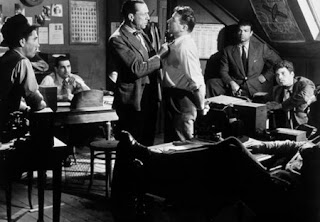


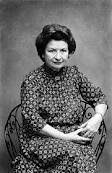
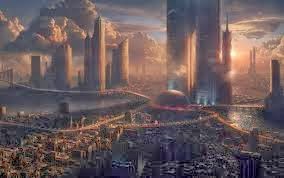
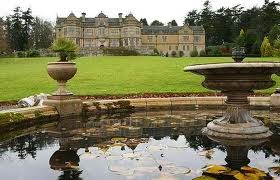
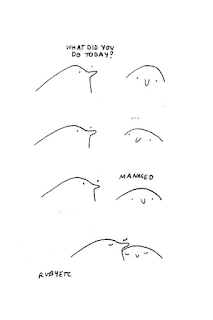



Comments